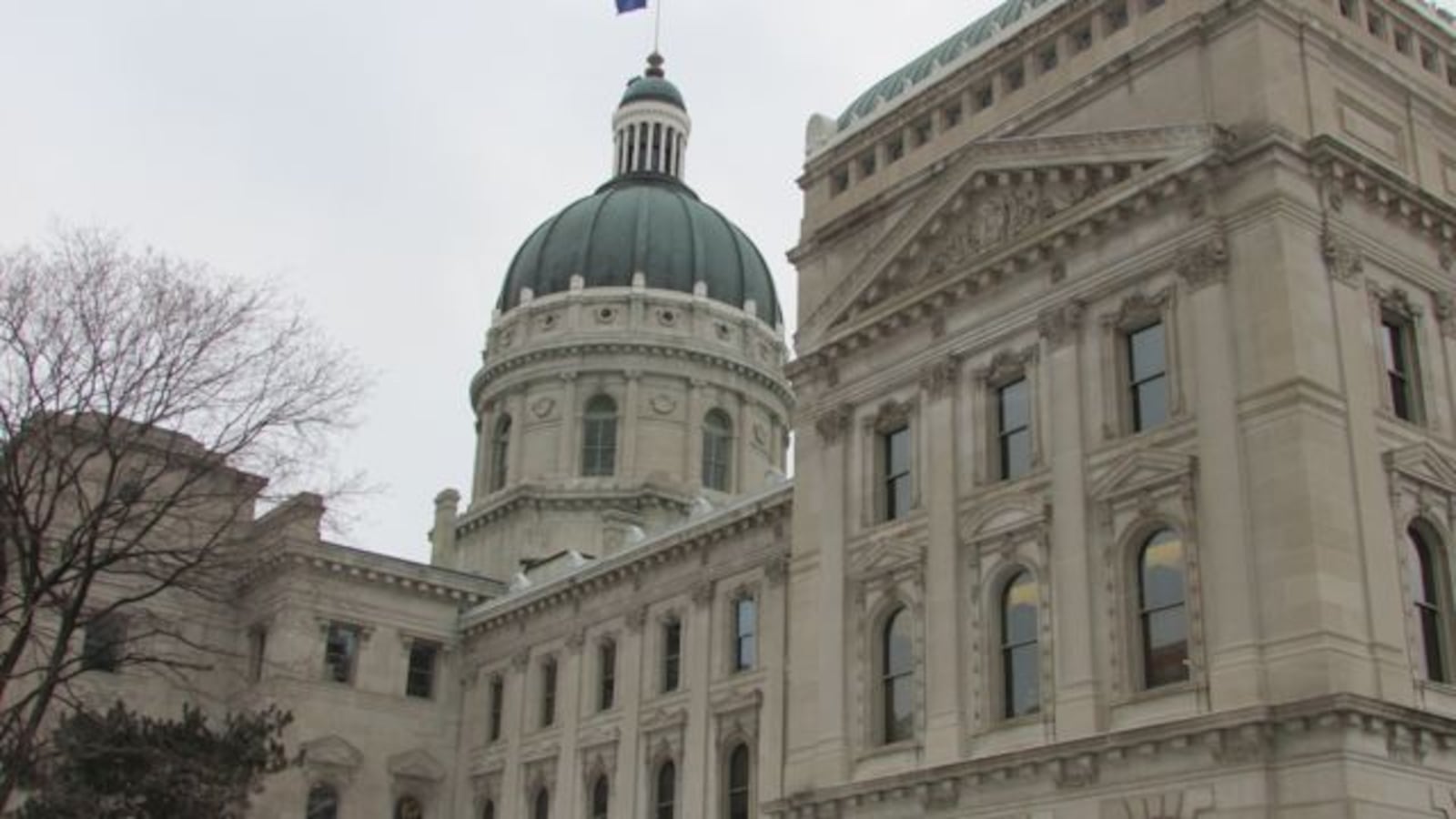Indiana lawmakers agreed to dip into reserves to make up a shortfall to get public schools the money they were promised — and they’re trying to make sure it doesn’t happen again.
Both the House and Senate overwhelmingly voted to approve the final plan in House Bill 1001. The bill now heads to Gov. Eric Holcomb’s desk.
Rep. Tim Brown, a co-author of the bill and chairman of the House Ways & Means Committee, said it was necessary to take the uncommon step and have the state to use reserve funds to make up the gap, but in the next budget year making up that difference will be a priority. Brown said he, other lawmakers, and the Legislative Services Agency will work to make sure projections are more accurate going forward.
“Do procedures need to be changed?” Brown said. “We’re going to be asking those questions” during the next budget cycle.
Estimates on the size of the shortfall have ranged widely this year, beginning around $9 million and growing as new information and student counts came in. Projections from the Legislative Services Agency reported by the Indianapolis Star had the gap at $22 million this year and almost $60 million next year.
The final bill requires the state to transfer money from reserves if public school enrollment is higher than expected, as well as to make up any shortages for students with disabilities or students pursuing career and technical education. The state budget director would have to sign off first. Transfers from reserves are already allowed if more voucher students enroll in private schools than projected, or if state revenue is less than expected.
The budget shortfall, discovered late last year, resulted from miscalculations in how many students were expected to attend public schools over the next two years. Lawmakers proposed two bills to address the shortfall, and the House made it its highest legislative priority. The compromise bill would set aside up to $25 million for this year and up to $75 million next year. The money would be transferred from reserve funds to the state general fund and then distributed to districts.
The bill also takes into account two other programs that lawmakers think could be contributing to underestimated public school enrollment: virtual education programs and kids who repeat kindergarten.
District-based virtual education programs would be required to report to the state by October of each year on virtual program enrollment, total district enrollment, what grades the virtual students are in, where they live, and how much of their day is spent in a virtual learning program. These programs, unlike virtual charter schools, are not separate schools, so it can be hard for state officials and the public to know they even exist.
The report will help lawmakers understand how the programs are growing and how much they might cost, but it won’t include information about whether students in the programs are learning or graduating. Virtual charter schools in the state have typically posted poor academic results, and Holcomb has called for more information and action, though legislative efforts have failed.
Finally, the bill changes how kindergarteners are counted for state funding. The state changed the cut-off age for kindergarten to 5 years old by Aug. 1 — if students are younger than that, they can still enroll, but the district won’t receive state dollars for them. Some districts were allowing 4-year-olds to enroll in kindergarten early, Sen. Ryan Mishler said earlier this month. Then those same students would enroll in kindergarten again the next year.
Despite increases passed last year to boost the total education budget, many school leaders have said they struggle to pay salaries and maintain buildings, which is why funding shortfalls — even small ones — matter. This year’s unexpected shortfall was particularly problematic because districts had already made plans based on the state budget.
Find all of Chalkbeat’s 2018 legislative coverage here.


